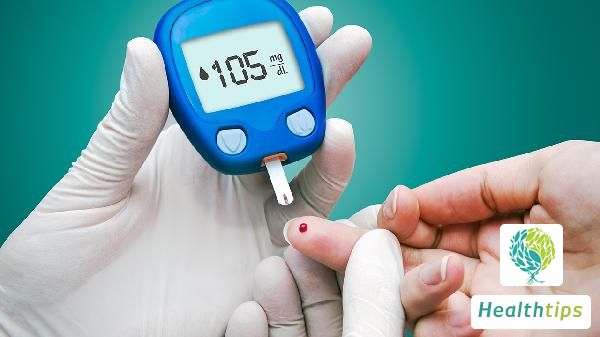"What are the Rehabilitation Strategies Following a Cerebral Infarction?"
Comprehensive Rehabilitation Therapy for Cerebral Infarction Patients After the Acute Phase
After the acute phase, cerebral infarction patients require comprehensive rehabilitation therapy, which primarily encompasses exercise therapy, occupational therapy, language training, and psychological care.

I. Exercise Therapy
1. Active Exercise: Primarily focusing on muscle contraction and joint range of motion training, aiming to maintain or restore limb function.
2. Passive Exercise: Utilizing equipment to assist paralyzed limbs in stretching, flexing, rotating, and other movements to prevent joint contractures and deformities, enhance blood circulation, and prevent pressure sores.
3. Antispasticity Techniques: For spastic pain in the affected upper limbs, massage, tuina (Chinese medical massage), and medications such as baclofen and eperisone hydrochloride can be used to alleviate symptoms.
II. Occupational Therapy
Through training in daily living activities, vocational work, and leisure games, patients can adapt to personal, family, social, and work-related needs. Activities include dressing, grooming, eating, toileting, hygiene, cleaning, gardening, bird-keeping, walking, watching TV, surfing the internet, etc.
III. Language Training
For aphasia patients, speech training should commence as soon as possible, encompassing functional exercises for articulation organs, pronunciation techniques, and the use of oral appliances.
IV. Psychological Care
Prolonged bed rest may lead to mobility restrictions and consequently, anxiety and depression in some patients. Family members should provide ample care and companionship, encouraging patients to actively cooperate with medical treatments.



















